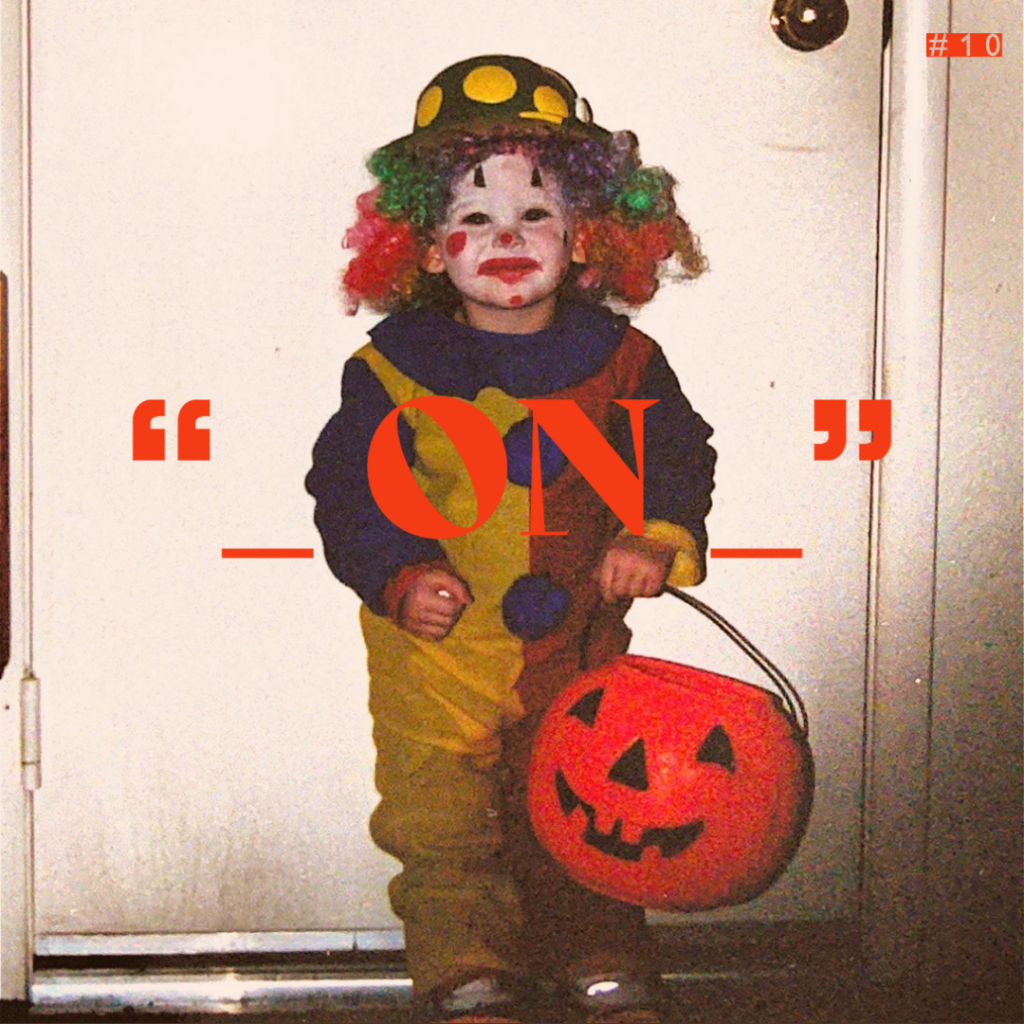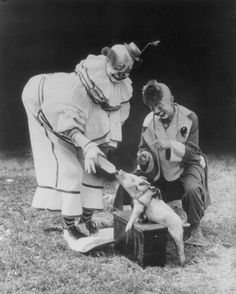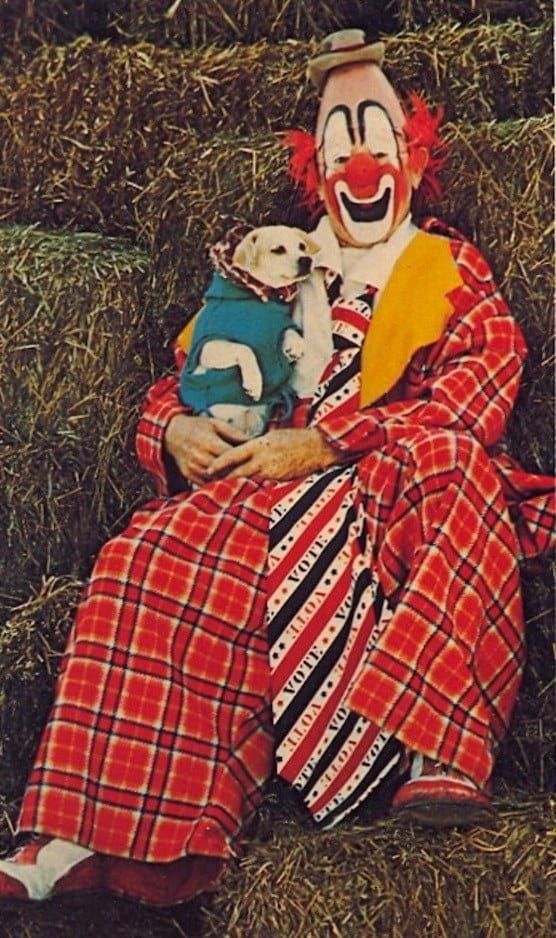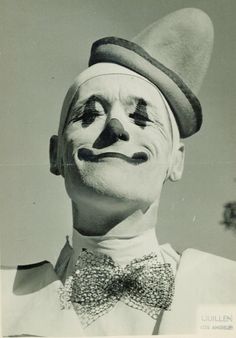In this series we’ll be hearing from a new person each month, talking on a specific topic of their choosing – something they love, a hobby, an interest, a thread they’ve been feeling lately, or a new discovery.

The clown is probably one of the most divisive archetypes in modern American pop culture. A Chapman University survey from April 2016 showed that as many as 7.8 percent of Americans suffer from coulrophobia- fear of clowns. Frightening clowns have become a mainstay in the country’s collective consciousness. The most iconic clowns in fiction, such as Pennywise from IT or most iterations of the Joker from the last 30 years, are symbols of fear and chaos. Outside of fiction there’s the horror of John Wayne Gacy Jr.’s killings, which are too vile to exclude from a discussion about clowns but also too vile to discuss any more than I already have. In recent memory there was mass hysteria revolving around clown sightings which occurred only a few months after the previously mentioned survey was conducted in 2016. All this combined has served to give clowns a very bad rap, which is a shame because clowning is an old and storied performative art which deserves so much respect.
Arguably, the earliest clowns were court jesters, and while jesters don’t necessarily translate perfectly into the modern idea of a clown, they are essentially the ancestor of clowns. Jesters and fool-type performers can be found in the history of kingdoms all over the world. Despite their characterization as fools, court jesters were wildly important in historic policy making, keeping an amicable relationship with royalty through humor and entertainment. Jesters were able to use their act as a way to criticize and advise kings, often being one of few people in any given royal circle who were able to change the king’s mind. In other cultures, clown type characters held a spiritual role, with ritual clowns being an important part of some Native American cultures.
Modern clowns though, as we think of them in the west, are mostly associated with circus clowns, a tradition which began in earnest in the 1800s. As circus clowning developed, out came a sort of hierarchy of clown archetypes, archetypes which modern clowns still fall into to this day. There are three main clown roles: The Whiteface Clown, who is a leader of sorts, the most elegant and storied tradition, the Auguste Clown, who is a bit more rambunctious and silly, think giant shoes, tiny cars, and big red noses, and the Tramp Clown, which is a uniquely American born clown tradition. Tramp Clowns are a sad type of clown inspired by Depression era train hopping hobos.
What all these different types of clowns have in common though is what they are designed to do- make people happy. I love the clowning tradition because it is a selfless artform, clowns make themselves unrecognizable and make jokes at their own expense all to make an audience laugh. My favorite clown of all time is my late grandfather, Dan Newman or Bobo the Hobo, who was a clown through the Shriners for many years performing at children’s hospitals or other charitable events. He was just one of many clowns in the modern era who are still working to make people happy with their artform in a world that has forgotten the clown’s benevolence. In his honor, I’d like to leave you with an excerpt of a poem by an unknown author called the “The Clown’s Prayer”
“As I stumble through this life,
Help me create more laughter than tears,
Dispense more cheer than gloom,
Spread more cheer than despair
Never let me become so indifferent,
That I will fail to see the wonders in the eyes of a child,
Or the twinkle in the eyes of the aged.
Never let me forget that my total effort is to cheer people,
Make them happy, and forget momentarily,
All the unpleasantness in their lives“




